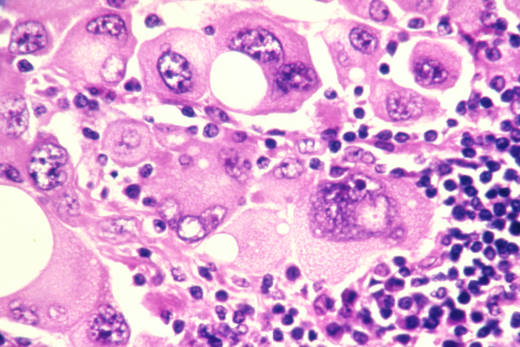Immunotherapy -- using a patient’s immune system to recognize and destroy cancer cells -- has been one of the more exciting developments in cancer treatment. Where once there was little hope for some patients, now they can be treated, and with a lot fewer side effects than conventional treatments like chemotherapy and radiation.
But not every patient responds to immunotherapy. For example, the drug Keytruda, used to treat advanced melanoma, does not work in around 60 percent of patients.
In a new study, published this month in Nature, a group of scientists from the National Cancer Institute set out to find why immunotherapy fails in so many people. The researchers used the gene‐editing tool CRISPR‐Cas9 to uncover 554 genes that may, when mutated, cause advanced melanoma tumors to be resistant to the treatment. If scientists can find which of these genes are the culprits, drugs could potentially be created to correct them, making the cancers responsive to immunotherapy.
A Gene Implicated
Finding these 554 genes was like finding a needle in a haystack. The researchers started out with a cancer cell that responds to immunotherapy. They then disabled, one at a time in the cell, almost all of the known 19,050 human genes, cutting each in different spots. After incapacitating an additional 3,000 parts of the DNA that don't fit the classical definition of a gene, the scientists ended up generating 100,000 different cancer cells, each varying by only a single DNA change. Of these 100,000 cells, 554 showed resistance to immunotherapy.
